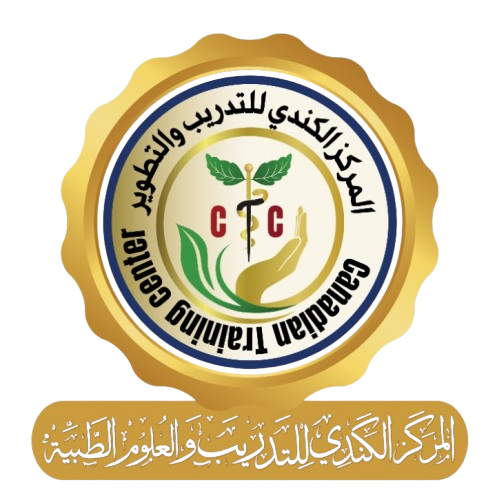https://asem-hamad.com/download-windows-11-pro-64-bit-free-setup-gratis-super-lite-without-key/
https://devmaksanmakina.com/windows-10-pro-x64-direct-link-qxr-download/
https://dimex.am/windows-10-pro-64-bit-english-without-tpm-rarbg-download/
https://asem-hamad.com/download-windows-10-pro-64-bit-pre-activated-usb-iso-from-microsoft-1809/
https://dimex.am/how-to-resolve-windows-installation-issues-with-service-level-processes/
https://devmaksanmakina.com/how-to-fix-windows-installation-errors-on-hybrid-systems/
https://devmaksanmakina.com/windows-10-professional-64-bit-cracked-to-flash-drive-gratis-single-language-yify-download/
https://asem-hamad.com/windows-11-pro-64-bit-crack-english-2023-rufus-download/
https://asem-hamad.com/windows-10-professional-x64-usb-21h2-download/
https://asem-hamad.com/troubleshooting-windows-installation-for-it-training/
https://devmaksanmakina.com/download-windows-10-without-defender-rarbg/
https://devmaksanmakina.com/windows-11-pro-64-full-version-iso-only-without-key-download/
https://dimex.am/how-to-fix-windows-installation-problems-on-custom-builds/
File system corruption can be a significant issue during the installation of Windows, causing problems like failed setup, corrupted files, and system instability. Here’s a step-by-step guide to help you fix common Windows installation problems due to file system corruption:
Method 1: Reinstall Windows with a clean installation (recommended)
- Back up your data: Before reinstalling Windows, ensure you have backed up all important files, documents, and data.
- Shut down the computer: Completely power off the computer running Windows.
- Reinstall Windows: Go to the Start menu (Windows 10/8) or All Apps button (Windows 7), then select “Reinstall Windows”.
- Follow prompts: Follow the on-screen instructions during the reinstallation process, ensuring you choose a clean installation option and selecting “Custom: Install only Windows products” and “Add or remove features” as needed.
- Install drivers: During the setup process, install all available device drivers to ensure your system is properly configured.
Method 2: Repair Windows with System File Checker (SFC)
- Open Command Prompt: Press Win + X, select Command Prompt (Admin), and type
cmdto open the command line.
- Run SFC scan: Type
sfc /scannowand press Enter. This will perform a system file check and replace corrupted files with fresh ones.
Method 3: Use System Restore
- Open Settings: Go to Control Panel > System and Security (Windows 10/8) or System > Administration > Computer Management (Windows 7).
- Click on Safe Mode: Click on the “System” tab, then click on “Repair your computer”.
- Select System Restore: In the next window, select “System restore point that you want to use for repairs” and choose a suitable point.
- Follow prompts: Follow the instructions to complete the system restore process.
Method 4: Use Microsoft’s built-in tools
- Disk Cleanup: Open the Disk Cleanup tool by typing
disk cleanupin the Command Prompt (Admin) or searching for it in Start Menu.
- Defragment and Repair disk: If your hard drive is fragmented, use the Defragmentation tool to repair it.
- System Restore from Backup: If you have a Windows 10/8/7 backup file, you can use System Restore to restore your system to that point.
Additional tips
- Regularly run Disk Cleanup and Disk Defragmenter tools to maintain disk health.
- Avoid running any software or applications during the installation process.
- Be cautious when using third-party tools or software, as they may not be designed for Windows installations.
- If you’re still experiencing issues after trying these methods, consider seeking professional help from a Microsoft Support Engineer or a reputable PC repair service.
By following these steps and tips, you should be able to fix common file system corruption-related problems during the installation of Windows.


